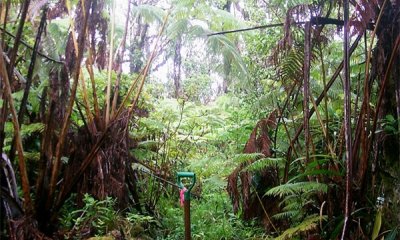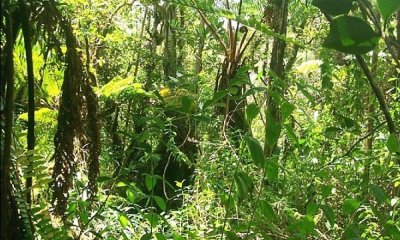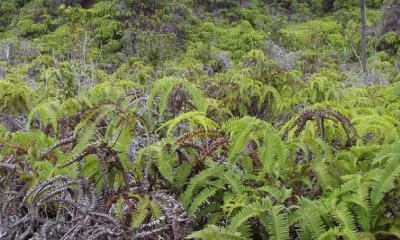
Isothermic Aquic Forest
Scenario model
Current ecosystem state
Select a state
Management practices/drivers
Select a transition or restoration pathway
- Transition T1A More details
- Transition T1B More details
- Transition T1C More details
- Restoration pathway R2A More details
- Transition T2A More details
- Restoration pathway R3A More details
- Transition T3B More details
- Transition T3A More details
- Restoration pathway R4A More details
- Restoration pathway R5A More details
- Transition T5A More details
-
No transition or restoration pathway between the selected states has been described
Target ecosystem state
Select a state
State 1
Reference State




Description
The Reference State consists of one community phase. Rainfall and temperature vary based on elevation, while the soils in this ecological site vary mostly by depth and age. The interaction of the range of substrate ages with rainfall amounts and temperatures within this ecological site produces variations in the makeup of the native plant community. Areas on the youngest (<3,000 years) lava flows within this ecological site have lower stature forests with more abundant cover of the three uluhe fern species. Abundance of early successional species (i.e. Myrsine sandwicensis, Hedyotis centranthioides, and Sadleria species) as well as shrubs (e.g., Vaccinium calycinum) is high. However, populations of most of the characteristic forest species are present on these young flows. Given the high rainfall and temperatures on these sites, it seems likely that these young sites will develop soils and vegetation more typical of the central concept of the ecological site within a few hundred years.
Some areas have been cleared for livestock grazing, either mechanically or simply by allowing livestock to graze and browse the native understory; this represents a transition to State 2 Naturalized Grassland. Gradual invasion by introduced species into existing forest, accelerated by damage from feral ungulates, results in State 3 Invaded Understory. Mechanical clearing or wildfire in areas few introduced weeds brings a transition to State 5 Uluhe-invaded.
Submodel
State 2
Naturalized Grassland State
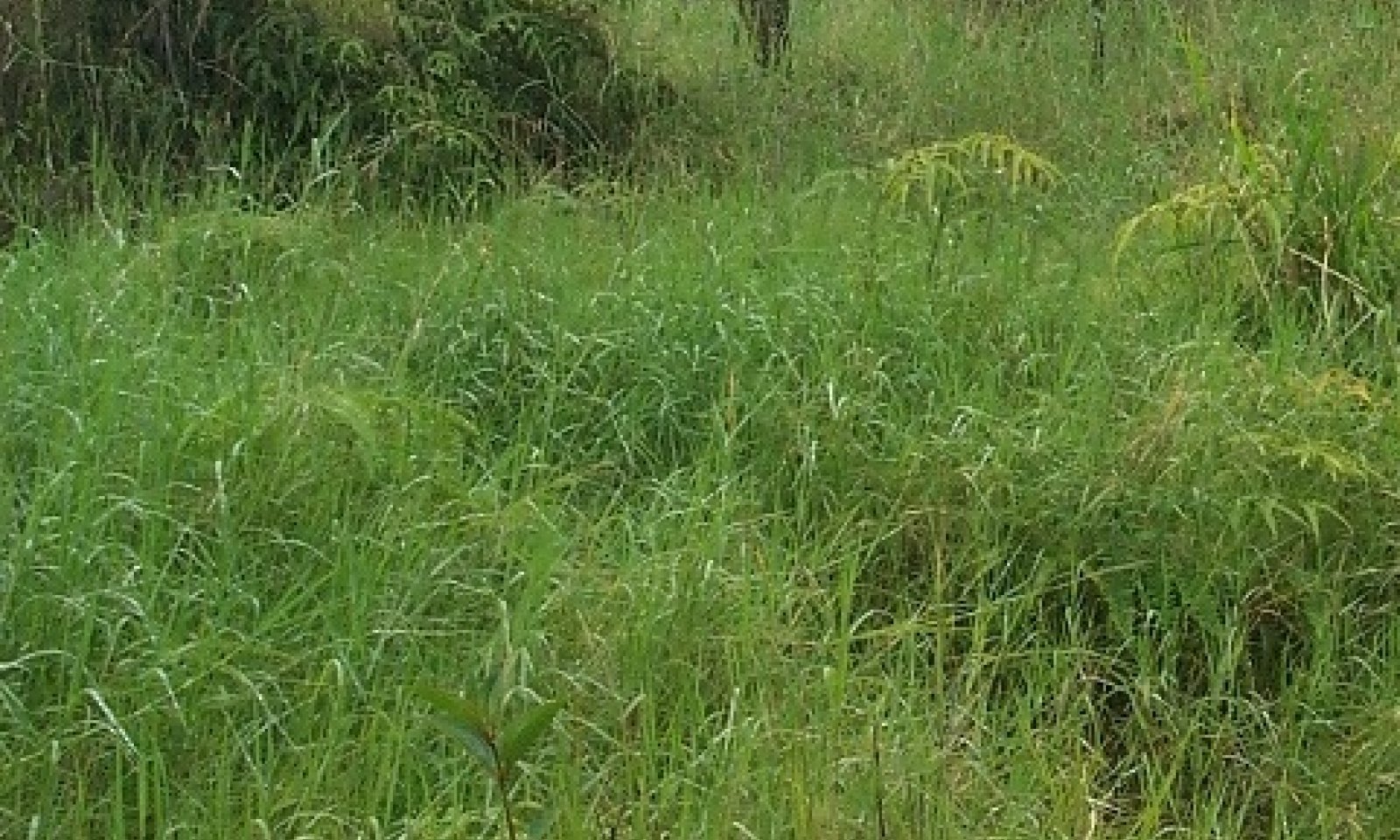



Description
This state is comprised of three community phases. Continuous grazing that does not allow the favored forage species time to recover from defoliation results brings a phase change to phase 2.2, which is dominated by lower value forage species but contains enough remnant desirable grass species to allow for a change back to phase 2.1 with prescribed grazing. Longer-term continuous grazing leads to phase 2.3, which consists of low value grass species and increasing cover of weedy shrubs, tree saplings, and vines.
Submodel
Description
This state consists of one community phase. It has an intact or diminished overstory of native trees and a dense understory of introduced shrubs, grasses, ferns, and small trees. Native species are unable to regenerate eventually die out, leading to a transition to State 5 Invaded Overstory and Understory. Mechanical clearing could restore this state to State 2 Naturalized Grassland. Intensive efforts may enable restoration to State 1 Reference.
Submodel
Description
This state is comprised of one community phase dominated by introduced species in both the overstory and understory. It should be possible to restore this state to State 2 Naturalized Grassland by intensive mechanical clearing, weed control, and planting forage species.
Submodel
Description
This state is comprised of one plant community dominated by dense thickets of uluhe fern. It forms where disturbance has cleared the original forest and introduced weeds are not abundant, allowing uluhe to cover the ground. This state should restore itself to State 1 Reference over time.
Submodel
Mechanism
This state transitions to State 2 Naturalized Grassland by clearing the forest with heavy machinery and planting desirable forage species. Native forest may be cleared gradually by allowing cattle uncontrolled access to the forest. Cattle eventually eat or destroy understory ferns, forbs, shrubs, and saplings, opening up the forest so that forage grasses will thrive.
Mechanism
This state can transition to State 4 Native Forest with Invaded Understory by gradual replacement of the understory by introduced shrubs, vines, ferns, and small trees that outcompete the native understory species. This process is accelerated by ungulate foraging that disturbs the soil surface and directly destroys native plants and prevents their regeneration.
Mechanism
This state transitions to State 5 Uluhe Invaded Understory by mechanical land clearing or wildfire clear areas of forest that are not near seed sources of invasive, introduced plants.
Mechanism
It may be possible to restore this state to a facsimile of State 1 Reference. Weed control must be applied to forage species and the many opportunistic weeds that invade the site. Weed control would be a perpetual process to capture and maintain the site. Domestic and feral ungulates would be excluded from the restoration site, but domestic ungulates would be useful to manage vegetation outside the restoration site perimeter. Extensive planting of native species would follow.
Mechanism
This state transitions to State 4 Invaded Over and Understory by abandonment of grazing areas, which leads to rapid invasion of weedy tree species that take over from the initial growth of weedy vines and shrubs. The most common tree species is strawberry guava.
Mechanism
From this state, it may be possible to restore a facsimile of State 1 Reference. Before restoration of native plants, introduced understory plants must be eliminated by weed control and brush management practices, and ungulates must be excluded from the restoration site.
Mechanism
This state may be restored to State 2 Naturalized Grassland by mechanical clearing of weedy and remnant native understory plants; native overstory trees may be harvested for timber, destroyed, or left for shade. If leaving native trees for shade, care must be taken to not damage roots within about 20 feet (6 meters) of the trees. Introduced forage grasses may then be seeded. Herbicide applications will be necessary before and during forage establishment to control reemerging weed species.
Mechanism
This state transitions to State 4 Invaded Overstory and Understory because the native trees that form the overstory of are unable to regenerate in the dense weed understory. Eventually the mature native trees die without replacement and introduced tree species grow to form a new overstory.
Restoration pathway R4A
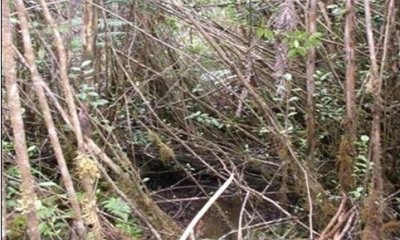

Mechanism
This state may be restored to State 2 Naturalized Grassland by mechanical clearing of overstory and understory vegetation. Introduced forage grasses may then be seeded into the site. Herbicide applications will be necessary before and during forage establishment to control reemerging weed species.
Mechanism
With few or no weeds present, this state would be expected to restore itself to State 1 Reference as emergent native tree and tree fern canopies increase. If some alien weeds are present, timely weed control can prevent them from achieving dominance.
Model keys
Briefcase
Add ecological sites and Major Land Resource Areas to your briefcase by clicking on the briefcase (![]() ) icon wherever it occurs. Drag and drop items to reorder. Cookies are used to store briefcase items between browsing sessions. Because of this, the number of items that can be added to your briefcase is limited, and briefcase items added on one device and browser cannot be accessed from another device or browser. Users who do not wish to place cookies on their devices should not use the briefcase tool. Briefcase cookies serve no other purpose than described here and are deleted whenever browsing history is cleared.
) icon wherever it occurs. Drag and drop items to reorder. Cookies are used to store briefcase items between browsing sessions. Because of this, the number of items that can be added to your briefcase is limited, and briefcase items added on one device and browser cannot be accessed from another device or browser. Users who do not wish to place cookies on their devices should not use the briefcase tool. Briefcase cookies serve no other purpose than described here and are deleted whenever browsing history is cleared.
Ecological sites
Major Land Resource Areas
The Ecosystem Dynamics Interpretive Tool is an information system framework developed by the USDA-ARS Jornada Experimental Range, USDA Natural Resources Conservation Service, and New Mexico State University.
